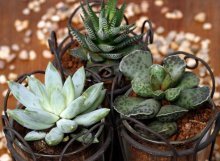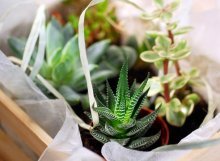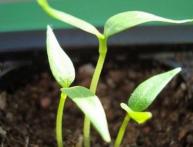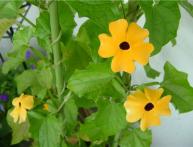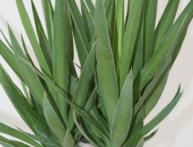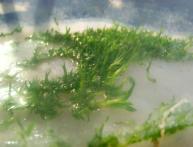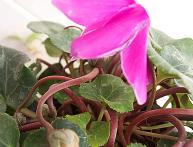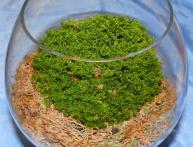Succulents: home care and maintenance rules

Succulents are plants that can store water for a long time and do not require frequent watering, unlike other house flowers. They are easy to care for; most importantly, they need a lot of sunlight. If your windows face south and you want to put a beautiful flower on the windowsill, a plant from the genus of succulents will work well.
Content:
What are succulents
The most common succulents are:
- Echeveria (stone flower)
- Crassula (crassula)
- Sedum (sedum)
- Kalanchoe
- Aloe (agave)
- Epiphyllum (cactus)
In nature succulents growing in the tropics: South America, Africa, Madagascar. At home, they adapt quite well.
How to properly care for succulents
Caring for succulents at home is different in warm or cold weather. In spring, plants require transplanting into new soil. The soil for succulents is selected to be nutritious; it consists of sand, bark and earth. It is important that this mixture is airtight and waterproof.
In summer, regular watering is necessary, and additional fertilizing is also needed. In winter, watering is reduced because there is little light. It is better to place the flower next to the glass itself, here it is much lighter and cooler.You don’t have to water it at all in winter; the succulent can survive for a long time without water. If the wilting of the flower is noticeable, you can water it a little, as if it is left to hibernate until spring.
These plants need sunlight just as people need air; succulents cannot develop normally without light. Other flowers may simply burn in the bright sun, but succulents have protective elements against excessive light, so even scorching heat is not scary for them. Due to this, many species exhibit additional coloration or drawing on leaves.
It is better to place the pot on the windowsill; in summer you can put it on the balcony.
If the owner had a desire to make a beautiful arrangement of succulents, then decided to put it on a coffee table near the window, then this should be done for no more than a month. Then be sure to put it back on the windowsill. If there is not enough light, the plant may die.
Succulents do not like water, so they do not require frequent watering. In summer - 2 times a week, and in winter - 2 times a month. By nature, succulent plants are very thrifty, storing liquid in their thick leaves to survive drought.
Succulents can withstand temperature changes. But frosts are treated poorly. Also in summer, do not close the window tightly; air circulation is important. By following a few simple care rules for succulents, beautiful, unpretentious flowers will also grow in your home, and will also please the eye.
Propagation of succulents
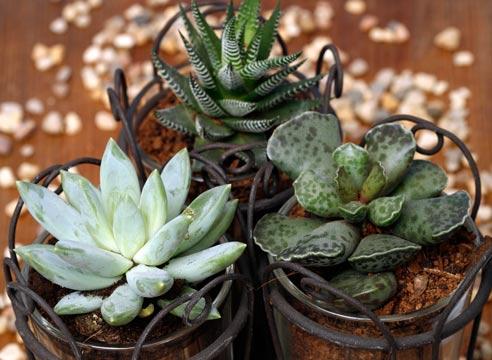
The breeding process is simple. Many succulents sprout from fallen leaves. For some plants, you can simply cut off a side shoot and then plant it in the ground. Sprouts or leaves cannot be placed in water, they will rot.The shoots must first be dried for three days on the window, then planted. In a couple of weeks, the young flower will already take root. It is important to use complementary foods and special root formation stimulants, so the plant will take root faster.
For leaf propagation, break off the entire leaf and place it on the ground side by side. The flower also has the ability to shed leaves and reproduce on its own. Without additional action from the owner, the leaf will take root on its own. You just need to add a little fresh soil. In two weeks, the roots will sprout, then buds will form.
Some succulents turn into full-fledged adult plants within two months, while others take a year to fully mature.
Some types of succulents can reproduce not from a whole leaf, but from a part, such as Kalanchoe, gasteria, haurotia. The dried leaf fragment is planted vertically one centimeter into the ground. Gasteria and haurotia take a very long time to grow - about a year. Kalanchoe can grow in a couple of months, and the leaf must be placed horizontally, pressed with something to the ground, the sprouts will go along the perimeter, it looks very original and beautiful.
Carry out reproduction Succulents are best grown in spring and summer. Rooting occurs easily, the flower quickly gains growth. In autumn and winter, propagation is not recommended because the plant receives little light and growth is slow.
There are varieties of succulents that reproduce by seeds. It is necessary to add coal to the soil and, when planting seeds, keep the pot under a hood and provide it with light. Within a week the first shoots should appear. The flower will become an adult in a year or two.
Succulents are one of the many plants that are quite easy to propagate.There is no need to wait weeks for shoots to appear.
Pests and diseases
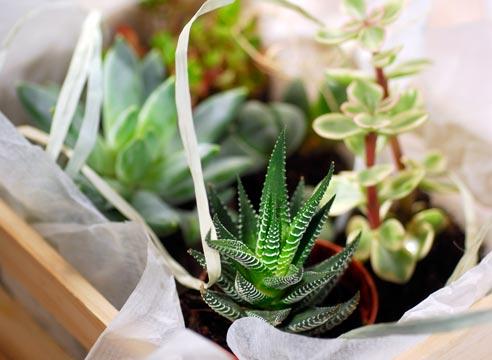
Succulents can be damaged by mealybugs, thrips, and mites. For scale insects and thrips, special insecticide preparations are used. The plant is sprayed with the product and the soil is watered. There are also systemic preparations; they permeate the entire flower from the inside, and its juice becomes poison for the pest.
Insecticides do not protect against ticks. Ticks have a slightly different metabolism than insects. Acaricides are used to control ticks:
- fitoverm
- neoron
- actellik
- akarin
Diseases of domestic succulents can lead to the death of plants. Mostly rot appears, they arise from excessive watering. Fungal rot appears when the flower is cool and develops slowly. Bacterial rot occurs when there is excessive heat, it affects the plant quickly, it can die in a couple of days.
Finding it on the leaves of a flower stains or mold, you need to immediately cut off the affected leaves. If the stem is sick, then you need to cut the plant to a healthy place. Most often, the problem is noticed when it is completely impossible to save the plant, and surgical methods have to be used.
It would be best to take preventive measures:
- The soil should not be allowed to become too wet; it should be allowed to dry out.
- When replanting, add coal to the soil.
- Be sure to provide drainage at the bottom of the pot.
- Maintain the correct watering schedule in winter.
- Propagate only in spring, and allow the cuttings to dry out before planting.
- Place in a well-lit place.
Succulents are easy to care for; such plants are suitable for lazy owners who do not want to deal with daily watering of flowers; the most important thing is to expose the pot to light.
Watch how to make a decorative composition from succulents in the video:
Interesting information about the vegetable garden

